If you have a ruptured eardrum, it’s essential to take proper precautions while sleeping to promote healing and avoid further complications. Sleeping positions play a significant role in comfort and recovery. Here’s a detailed breakdown of What Side Should I Sleep On With A Ruptured Eardrum need to know:
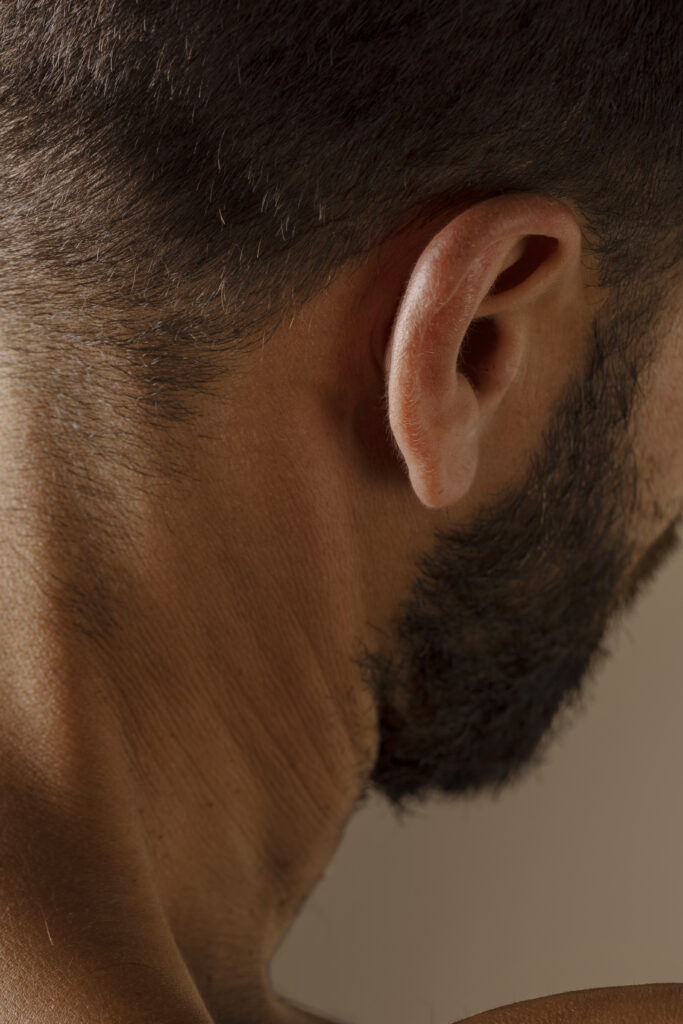
1. Which Side to Sleep On?
- Sleep on the side opposite the ruptured ear: If your right ear is ruptured, sleep on your left side, and vice versa. This helps prevent additional pressure on the affected ear, which could cause pain, hinder drainage, and slow the healing process.
- Avoid sleeping on the side with the ruptured ear: Lying on the damaged side can worsen symptoms like pain, dizziness, and drainage buildup inside the ear.
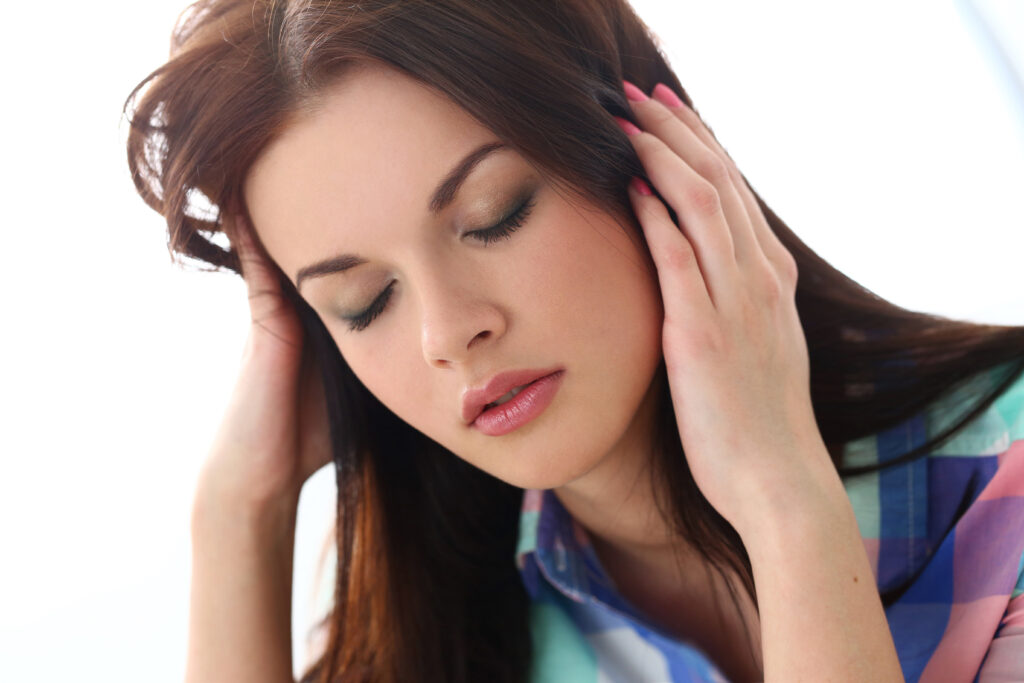
2. Ear Drainage and Position.
- Promote drainage: Sleeping with the affected ear facing upwards facilitates natural drainage of fluids (pus or blood) out of the ear canal. This is important to prevent infections.
- Upright positioning: While not always necessary, elevating your head slightly with pillows (using two pillows or an elevated wedge) can reduce the buildup of pressure in the ear, which helps manage pain and swelling.

3. Pain Management.
- Alleviate discomfort: Lying on the unaffected side can reduce pain by avoiding unnecessary pressure on the injured ear. If you experience severe pain, consult with a doctor, and they might recommend over-the-counter pain medications.
- Warm compresses: Applying a warm (not hot) compress to the side of your neck or ear can soothe pain. This should be done in a seated position, not when sleeping, to avoid moisture entering the ear.

4. Preventing Complications While Sleeping.
- Avoid sleeping on the stomach. If you turn your head in sleep, this position can place indirect pressure on the ear.
- Clean environment: Ensure your sleeping area is clean and free from irritants. Allergens can worsen ear discomfort or cause congestion, which might affect ear pressure.

5. Dealing with Dizziness.
- Manage vertigo symptoms: A ruptured eardrum can sometimes cause dizziness or vertigo. Sleeping on the opposite side or with your head slightly elevated can help reduce these symptoms. If vertigo is a persistent problem, consider lying flat but with your head facing upwards.
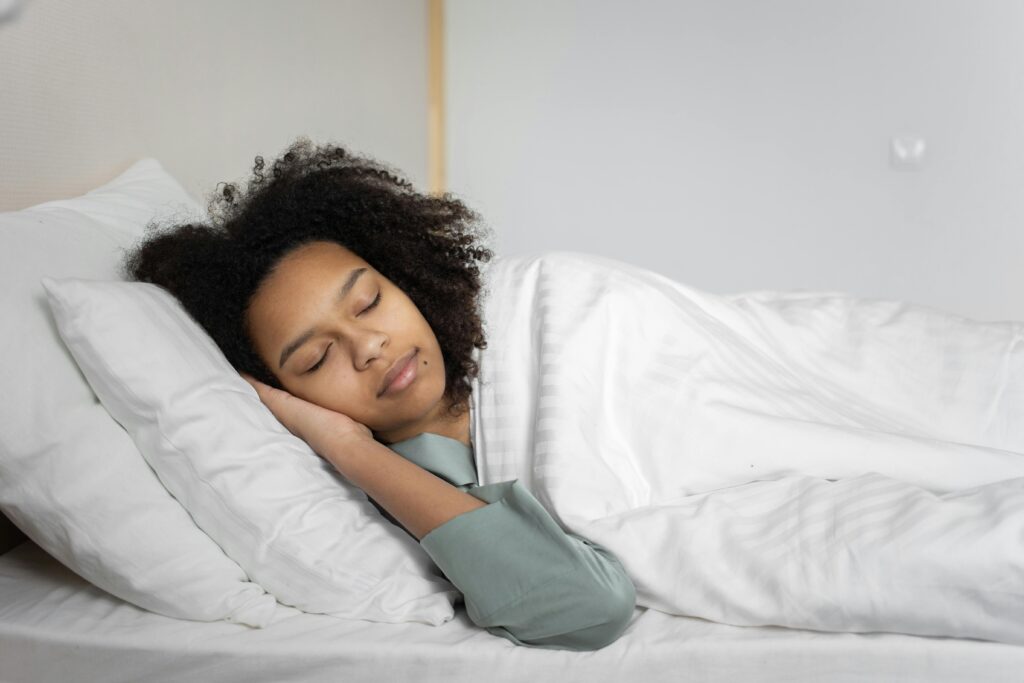
6. Moisture Control.
- Avoid moisture buildup in the affected ear: You don’t want to risk introducing water into the ear canal, especially during healing. Sleeping on the opposite side prevents fluids like sweat from pooling into the affected ear.

7. Follow-Up and Recovery Considerations.
- Doctor’s instructions: Follow your doctor’s guidance regarding ear drops, antibiotics, or any other medication you may be taking for the rupture. Sleeping in the correct position helps maximize the effectiveness of any treatment.
- Recovery time: Healing typically takes a few weeks, but until your doctor confirms full healing, continue sleeping on the opposite side and taking precautions to avoid further injury or infection.

By paying attention to your sleeping position and habits, you can help promote recovery and reduce the risk of complications with a ruptured eardrum.
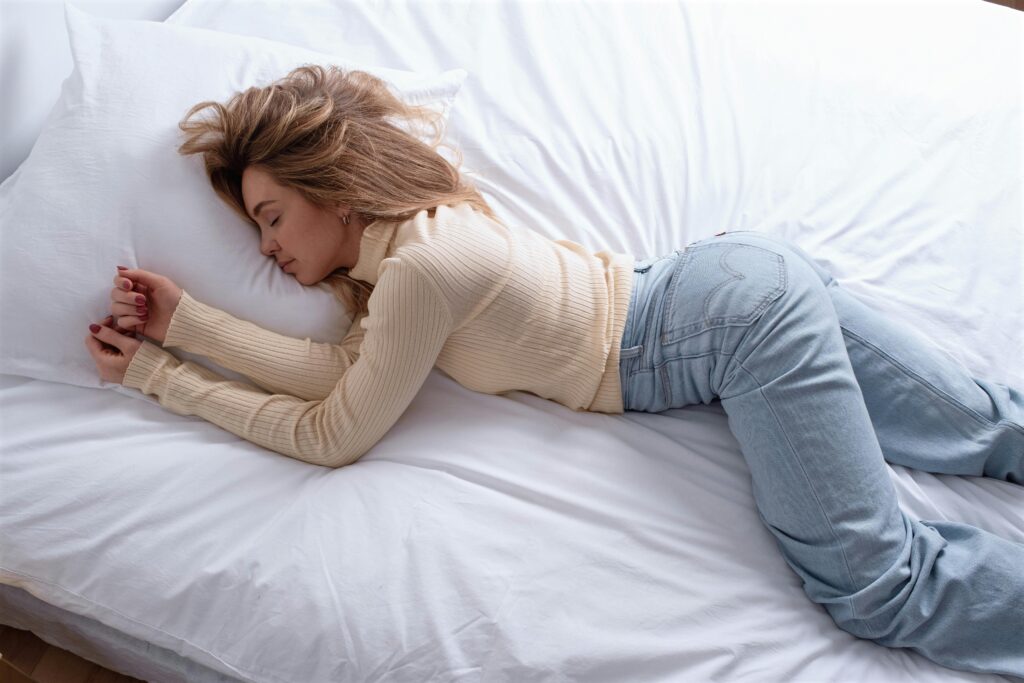
How To Sleep With Lower Back Pain In 2024
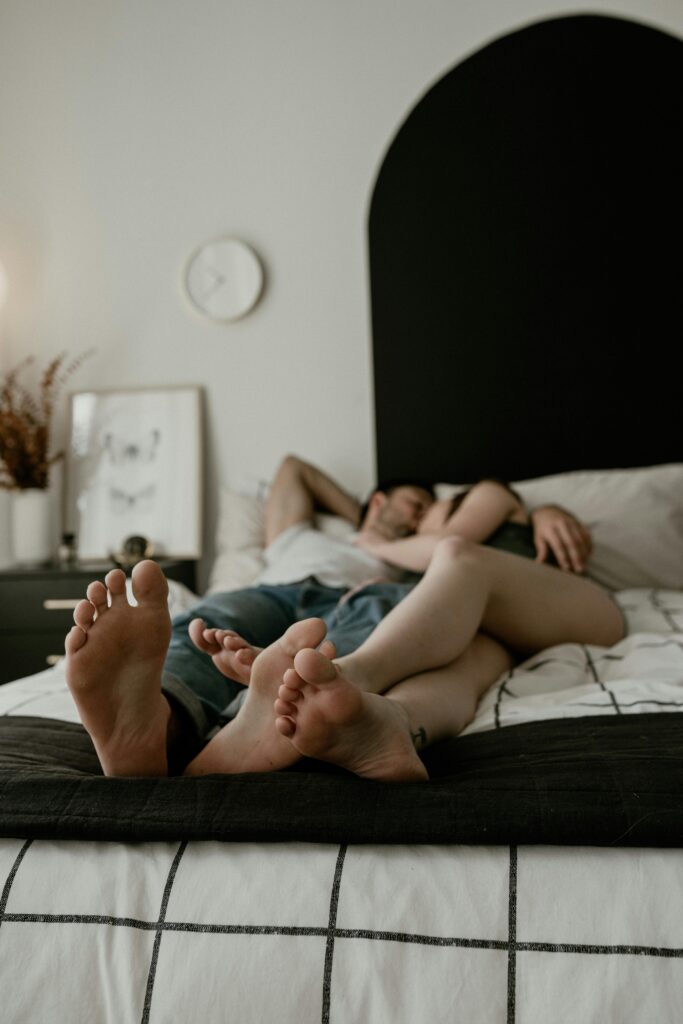
Can A Man Love A woman Without Sleeping With Her


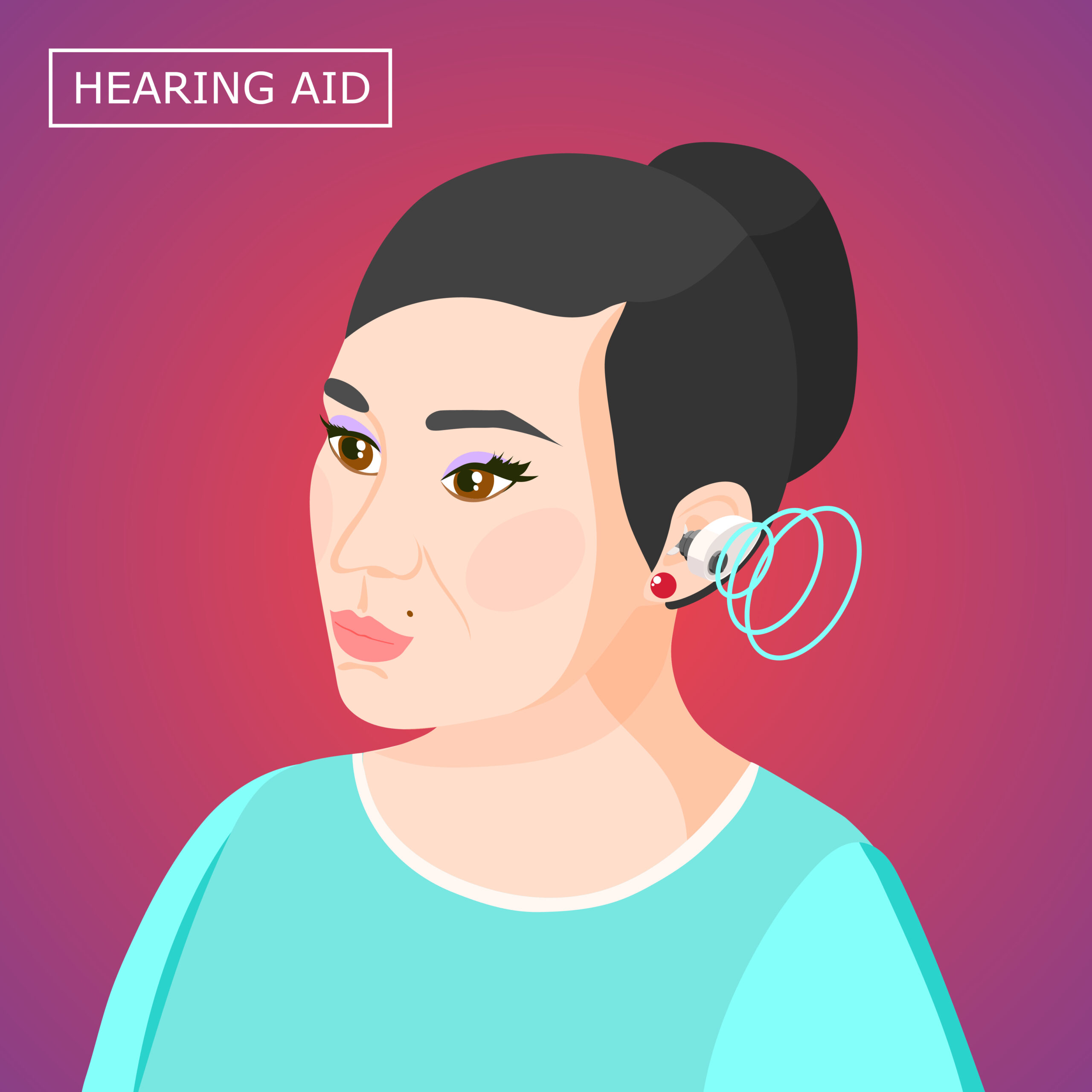
2 thoughts on “What Side Should I Sleep On With A Ruptured Eardrum”